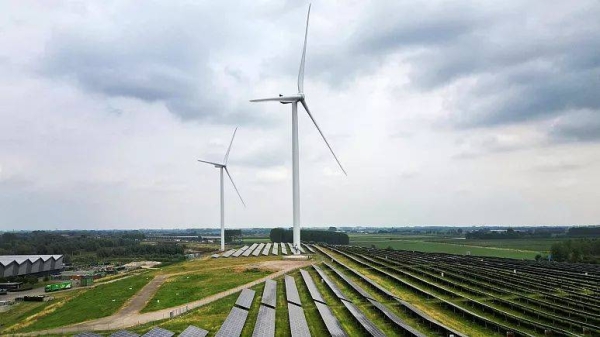
Record contraction forecast as pandemic hammers global oil market, industrial output
LONDON: Economic lockdowns brought on by the coronavirus pandemic look set to cut global energy demand and carbon dioxide emissions by record amounts, the International Energy Agency (IEA) said on Thursday.
Global energy demand could slump by 6 percent in 2020 due to the restrictions placed on homes and industry in what would be the largest contraction in absolute terms on record, according to Paris-based IEA, which advises industrialized nations on energy issues. The slump would lead to a drop in carbon dioxide emissions of 8 percent, six times larger than the biggest fall of 400 million tons recorded in 2009 following the global financial crisis, according to the IEA, which described its estimate as conservative.
“Some countries may delay the lifting of the lockdown, or a second wave of coronavirus could render our current expectations on the optimistic side,” Fatih Birol, the agency’s executive director, said.
Business activity has stalled across much of the globe as the containment measures hammer the world economy, cementing economists’ views of a deep global recession. Carbon intensive coal demand has been hit the hardest by the pandemic, with demand in the first quarter and projections for 2020 as a whole down 8 percent compared with the same periods last year.
Global natural gas demand could fall by around 5 percent in 2020, while electricity generation fell by 2.6 percent in the first quarter, but renewable power generation rose during the period by 3 percent with new wind and solar projects coming online.
“Given the number of deaths and the economic trauma around the world, this historic decline in global emissions is absolutely nothing to cheer,” Birol said, urging governments to seize on the disruptions to build greener energy infrastructure.
FASTFACT
28%
Renewables make up about 28 percent of global electricity supply.
The share of renewables in global electricity supply neared 28 percent in Q1 2020, up from 26 percent in Q1 2019 and is expected to reach 30 percent by the end of the year.
An unprecedented pact by top oil-producing countries this month to rein in output to balance supply with flagging demand may not succeed, the IEA warned, with places to store the excess crude running out.
Oil demand fell by 5 percent over the first quarter but could ultimately be the worst hit fuel over 2020, with total demand down as much as 9 percent.
“At the current pace in the oil market, we may well see around mid-June the global storage capacity can be full,” Birol said, noting the problem was worst in North America.
Global oil demand is expected to fall a record 9.3 million barrels per day (bpd) in 2020 and the Organization of the Petroleum Exporting Countries (OPEC) and other top producers like Russia agreed to cuts of almost 10 million bpd, equivalent to about 10 percent of global production, starting on May 1.
“My call to them is to consider further cuts,” Birol said.












